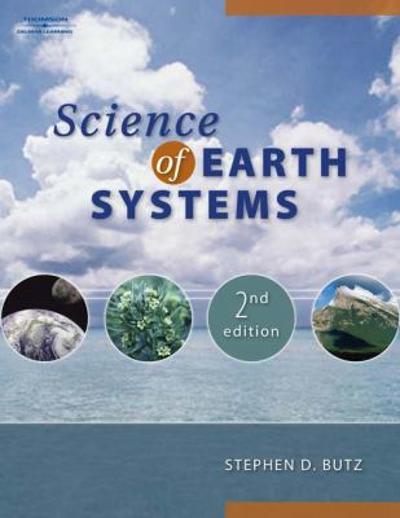Question
PHY 111/211 Lab: Newton's Second Law Objectives: Study free body diagrams. Determine the parameters the coefficient of static friction depends on. Determine acceleration of the
PHY 111/211 Lab: Newton's Second Law
Objectives:
- Study free body diagrams.
- Determine the parameters the coefficient of static friction depends on.
- Determine acceleration of the two-mass system.
Part 1: Box on an incline
For this part of the lab, you will use the following simulation:https://ophysics.com/f2.html Simulation screen will look as below. You can adjust the parameters by adjusting the bars next to them.
Set the initial velocity to 0 m/s. Pick an angle between 15-20.
In this activity, you will determine the parameters coefficient of static friction depends upon. Starting from the parameters given adjust the value of the coefficient of static friction so that block starts to slide. You are looking for first value below 0.4 when the block starts to slide.
- What is the value minimum value of static friction?
- Now using the free-body diagram and Newton's 2nd Law, derive the minimum value of static friction for which the block does not slide.
- Find , where is the angle of the incline. How does this value compared to 1 and 2?
Part 2: Two-Body System
For this part of the lab, you will be using the following online simulation:https://ophysics.com/f3.html
First, adjust parameters to the following:
- Select show free body diagram. Draw or insert the screenshot of the free body diagram. From the free body diagram, calculate the acceleration of the system. Show your calculations below.
- If the hanging mass is changed to 4 kg, can you predict what would happen to the acceleration?
Now run the simulation with hanging mass of 2 kg, 4 kg, and 6 kgs and note their accelerations on the table below.
Repeat but this time add Friction of 0.1 and note it in the table.
| Hanging mass (kg) | Acceleration (m/s2) No friction | Acceleration (m/s2) Friction of 0.1 |
| 2 kg | ||
| 4 kg | ||
| 6 kg |
- For PHY211: Show the derivation for the general equation for the acceleration of the two mass systems.
- When there's no friction what parameters does the acceleration depends on? (see your derivation of the acceleration.)
- As you increased the mass, what happens to the acceleration?
Step by Step Solution
There are 3 Steps involved in it
Step: 1

Get Instant Access to Expert-Tailored Solutions
See step-by-step solutions with expert insights and AI powered tools for academic success
Step: 2

Step: 3

Ace Your Homework with AI
Get the answers you need in no time with our AI-driven, step-by-step assistance
Get Started


